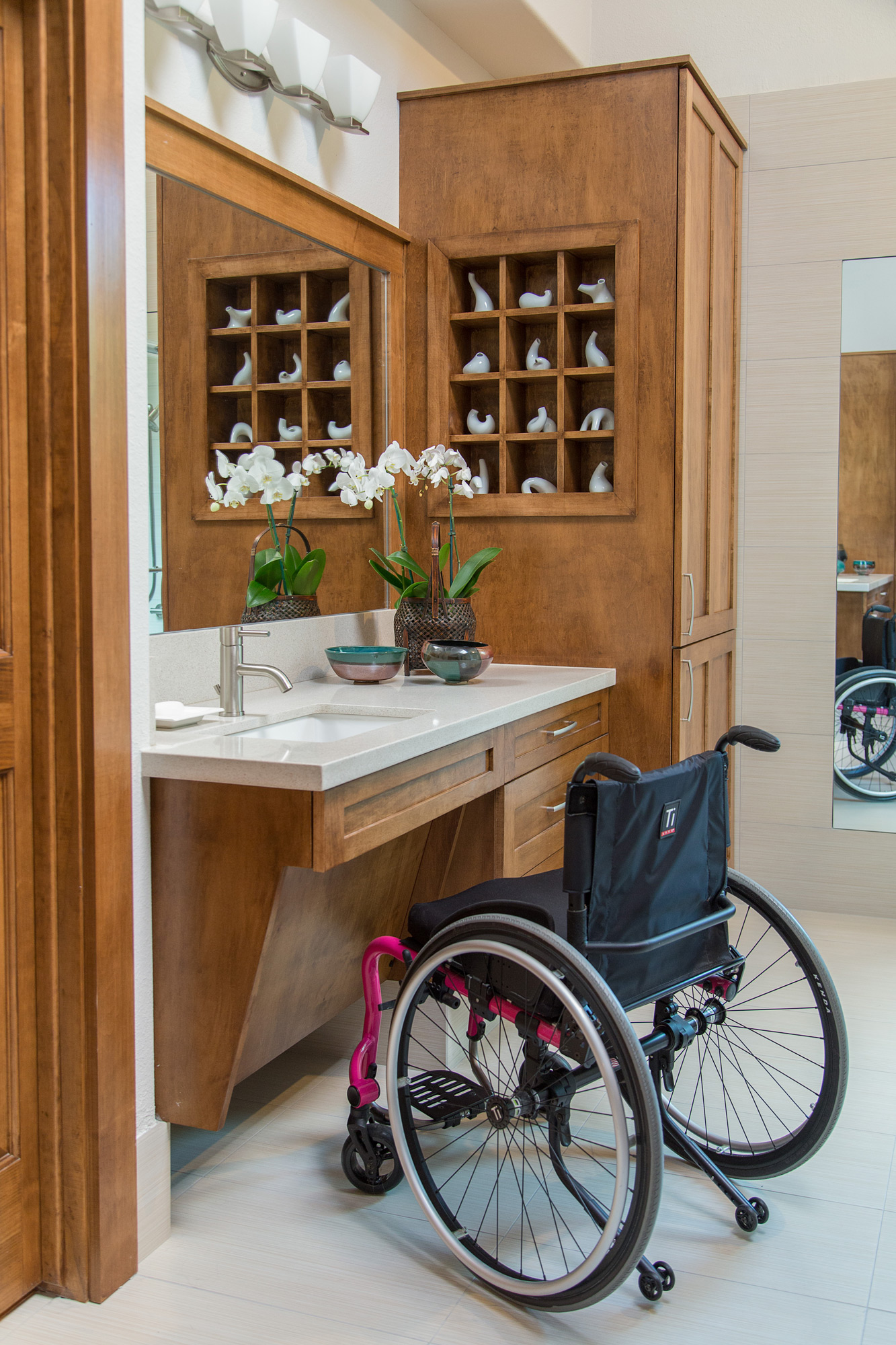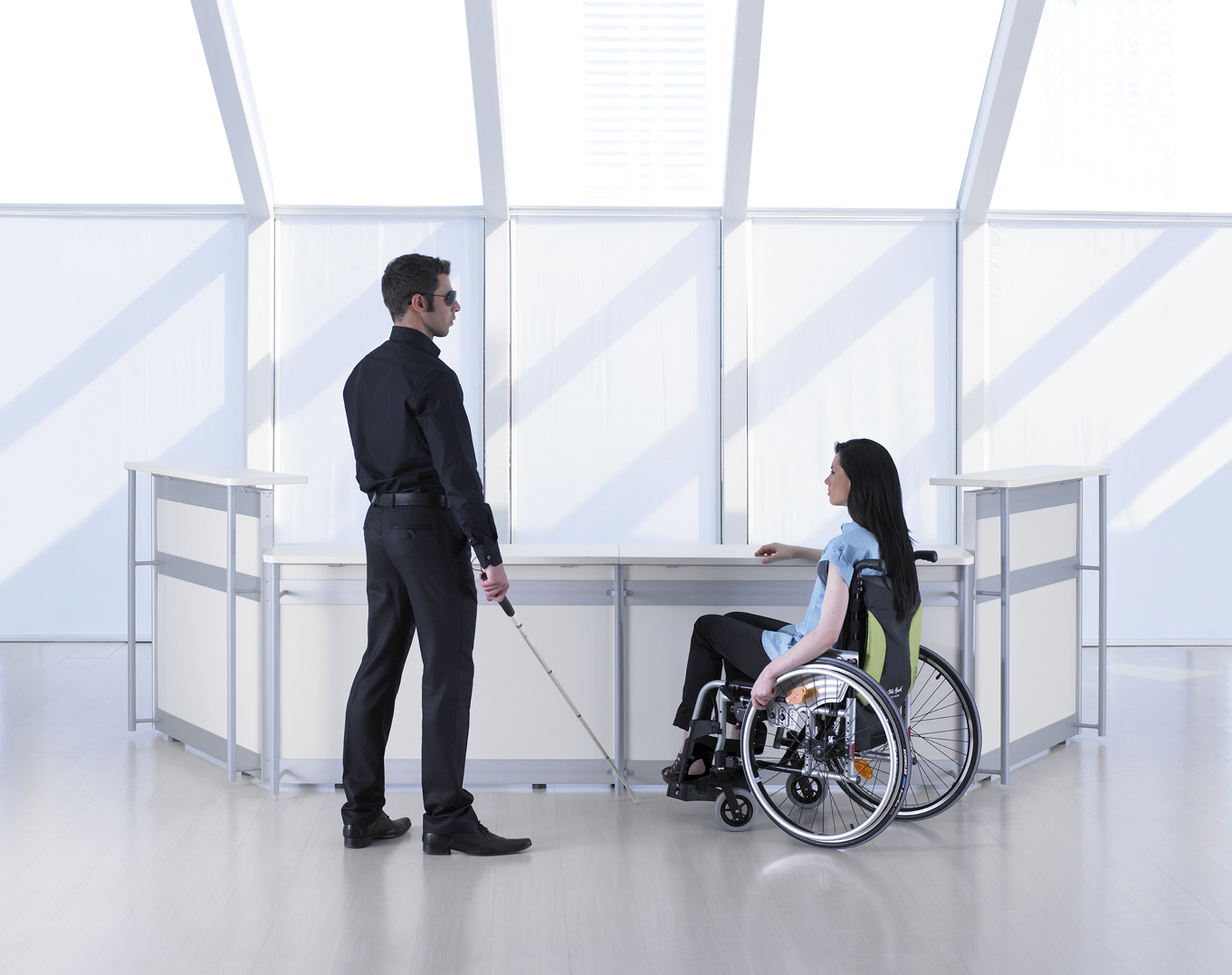

- ACCESSIBLE DESIGN HOW TO
- ACCESSIBLE DESIGN PDF
Tables - Keep tables simple, avoiding split or merged cells whenever possible.Headings – use correct Heading structures for clarity, to aid navigation and allow assistive technology to make sense of your materials.Structure your materials clearly and consistently
ACCESSIBLE DESIGN HOW TO
Ensure tasks and how to get in touch for any questions are clear.ĥ. If used, identify metaphors as metaphors. Some nuance is needed for academic content, but consider avoiding figurative speech, homonyms and homophones. Plain English should be used wherever possible. Links should be descriptive - they should never say “Click here”. Create descriptive transcriptions for audio content and add captions to videos. Sensus access and Blackboard Ally File Transformer can help you do this. ACCESSIBLE DESIGN PDF
Word and PDF (PDFs are often inaccessible).
Provide a variety of formats for the same document, e.g. Give images, photos and diagrams alternative text which describes the item. 
Audio – Speak clearly and eliminate background noise.Avoid small font sizes, especially in resources that are difficult to zoom in. Avoid capitalizing, underlining or italicising large portions of text. Text - Prefer sans-serif fonts for most of the text.

Avoid using colour as the only means to convey information. Use high contrast for the greatest accessibility.
Colours - Check the contrast between text or graphics and background to ensure accessible choices have been used. Improve visibility, readability, audibility If you have materials produced externally, please confirm these will meet accessibility standards.Ģ. Tools recommended by DEO and IT services will usually comply with most accessibility requirements, but please confirm this is the case for any tool you use. Create and deliver your materials and activities in tools that have the capacity to create and support accessible content and activities. 1. Use accessible tools that can create accessible content and activities For assessment, see Alternative Exam Arrangements (AEA). If you create Blackboard courses, ensure you build them according to DEO’s core standards and check them with Ally Course Reporting, in addition to your materials and activities being accessible. The following apply to most types of content and activities, but you can find more specific guidance for: Six things you can do to improve Digital Accessibility screen readers, that read out loud what is on the screen) Robust - work as expected with assistive technologies (e.g. Operable - people can easily do what they need to do (e.g. Understandable - make sense to anyone accessing it,. Perceivable - available to at least one of the senses (hearing, sight etc),. To achieve this, content and activities need to be: Digital accessibility means that people can access information, learn and do what they need to do in a similar amount of time and effort as others, whether they have a disability or not.







 0 kommentar(er)
0 kommentar(er)
